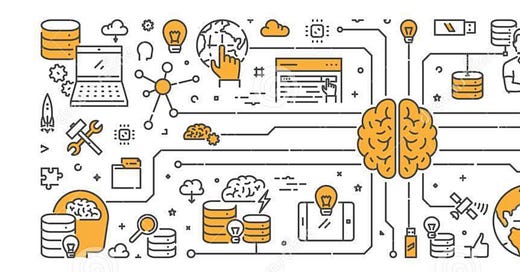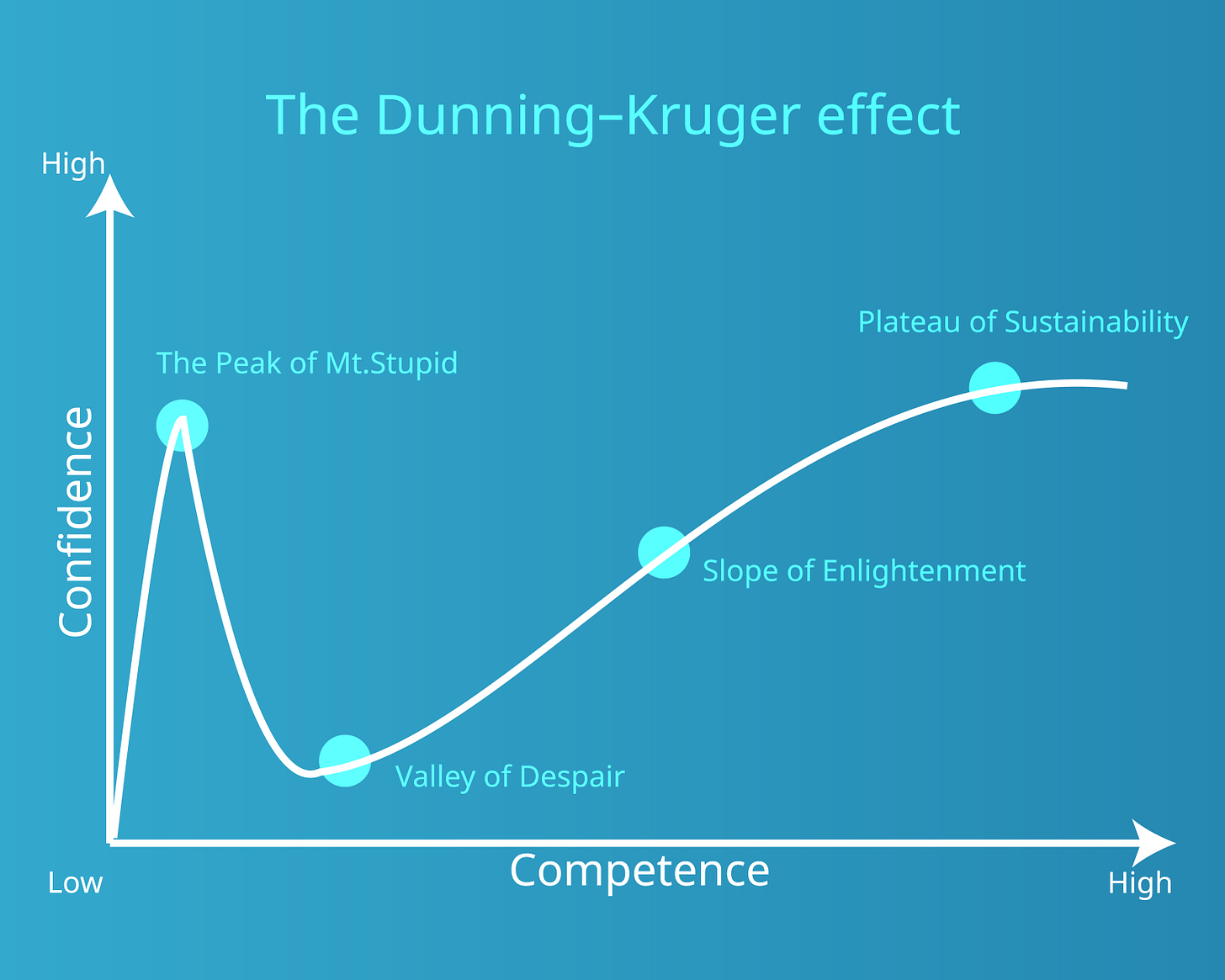Handbook of Your Brain in Business: 1. Introduction 1.1 Background
Handbook of the Brain in Business
Introduction
Background
I don’t remember when my curiosity really came about. I don’t remember being especially curious as a kid, and especially not as a teenager. Sure, I was kind of interested in many things, I had an educated family, and a mixed group of friends, with exposure to different things. I had a sense of adventure that is for sure – that is why I packed up bags and moved to Switzerland at 18 with no idea what I was going to do with my life. But I think my curiosity really picked up after I discovered teaching English to adults in my mid-twenties. Since then, my curiosity seems to have increased with a peak not yet in sight!
This curiosity was always focused on human nature – as a teacher it was about method and methodologies that increased learning and retention – but specifically to language in my case. This is why I became fascinated with the psychological impacts of communication and how this could influence us human beings. That kick-started my second “career” as a “communication expert” (I use that term loosely). This then transitioned, kind of smoothly into development and coaching. And it was while doing a coaching qualification in New York that I met a Harvard neuroscientist, Srinivasan Pillay, who was giving a module on change and the brain for coaching. That hooked me on neuroscience.
The knowledge of the brain gave me the clarity and understanding of all these processes I had come to learn about such as change, learning, memory, processing, and much more. This I thought was the solution to everything. And it kind of is, still.
Of course I fell heavily into the Dunning-Kruger trap, alas it happens to the best of us. The Dunning Kruger curve is that feeling famously proposed by David Dunning and Justin Kruger in 1999 [1] of overestimating one’s competence based on how competent you actually are. Those lower on competence tend to overestimate their competence – often greatly. Of interest, also, is that those who are highly competent tend to underestimate their ability.
At first it seemed so easy to learn a few regions of the brain and match these up to behaviours and bam, there you go. Those pesky neuroscientists who keep telling us that we only know a fraction of the process of the brain can’t get their thinking straight. Now after about 15 years researching, writing, studying, and implementing neuroscience theories in business, I know those pesky neuroscientists were not far off. The brain is amazingly complex, so complex it is hard to understand. However, to my credit, understanding some simple principles still does help guide us to more effective interventions and more concrete and better approaches to high performance in business and life in general.
But I’ve also moved a bit away from the motivational quick tip approach: “You only need these three things”. Sometimes these are well meant, sometimes they are useful, but sometimes they are also misinformed, dangerous, or plain wrong. What’s more I have also come to see that many practitioners in the neuroleadership field are missing the point or providing dodgy resources to businesses. This book aims to therefore be, I say modestly, the solution. A sort of standardised handbook for practitioners.
This book is targeted at the person in business, and I will therefore not go too deeply into the brain science side of things – but neuroscience terminology cannot be avoided. If you did want to learn more about this, beware sales pitch, I have online courses to learn more.
I will outline some more of the rationale such as why bother with brain science and what all neuroleadership practitioners, that I know of, get wrong about neuroscience in business.
So, what will this Handbook be?
It will describe the brain in business and leadership
It will be evidence-based, backed up by science. Everything I do is based on science but good science and nuances and comprehensive science at that.
No cherry picking – it is easy to find research to support whatever view you have – I am always keen to know all the science: the good, the bad, and the ugly.
It will be easy to read and not go into too much detail.
It will provide models and frames to help anyone in business make better and more effective decisions and design environments that will enable higher performance i.e. enable employees’ brains to perform better - aligned with business goals.
It will be comprehensive and balanced, covering leadership levels and multiple scenarios that are often not focused on in many neuroleadership texts.
Next up: Why Neuroleadership? Why Focus on the Brain?
Reference
[1] J. Kruger and D. Dunning, “Unskilled and unaware of it: How difficulties in recognizing one’s own incompetence lead to inflated self-assessments,” J. Pers. Soc. Psychol., vol. 77, no. 6, 1999.





